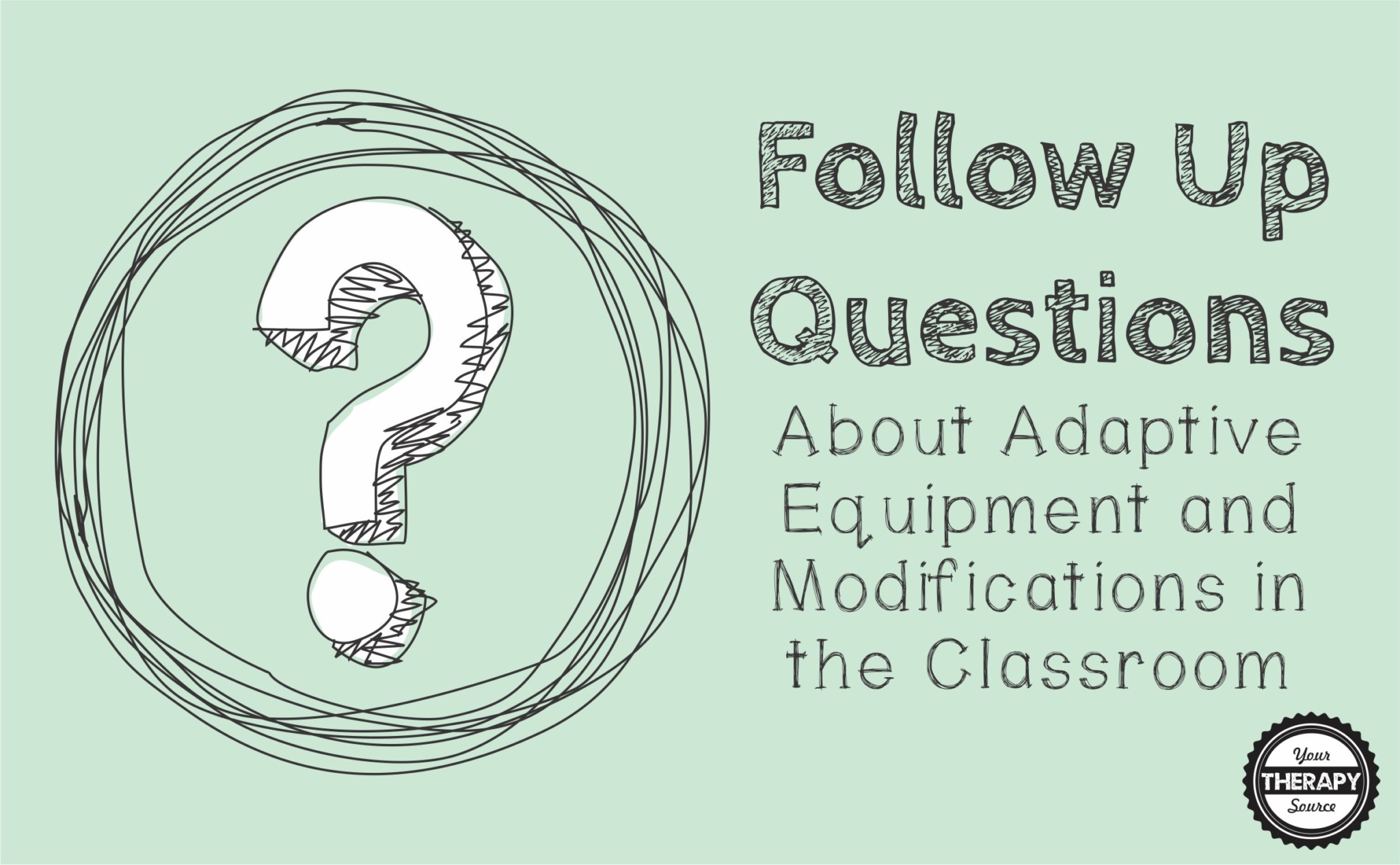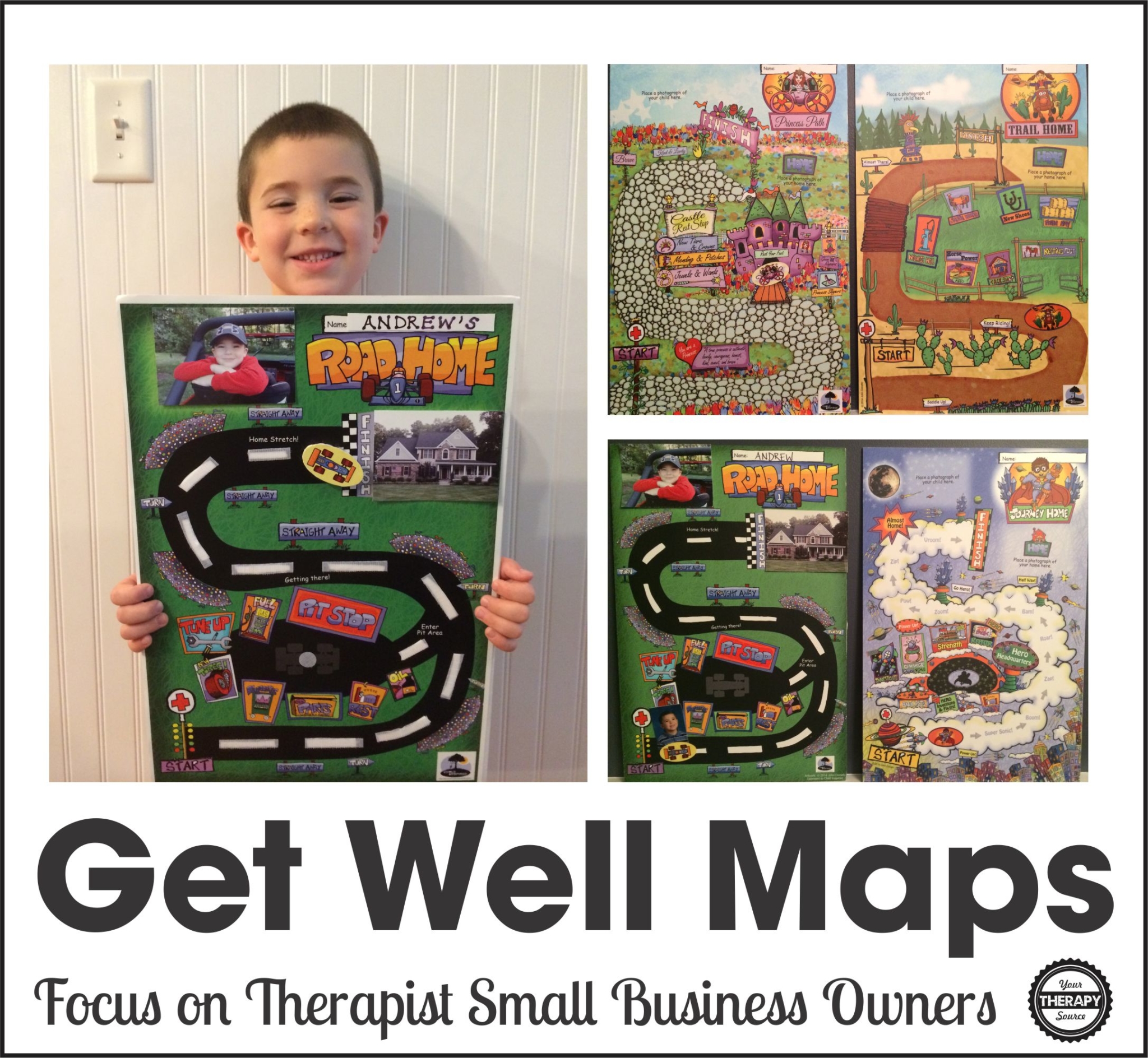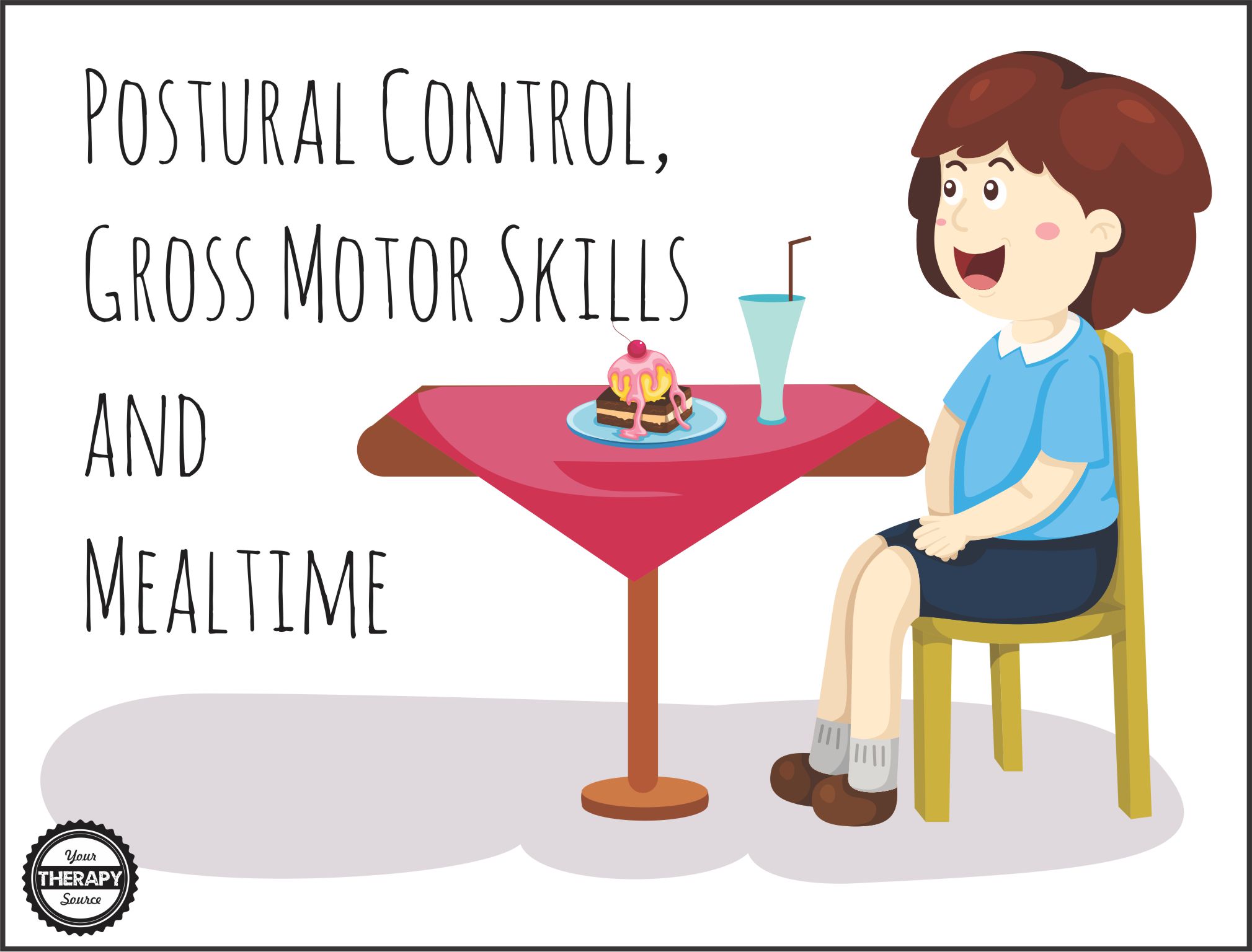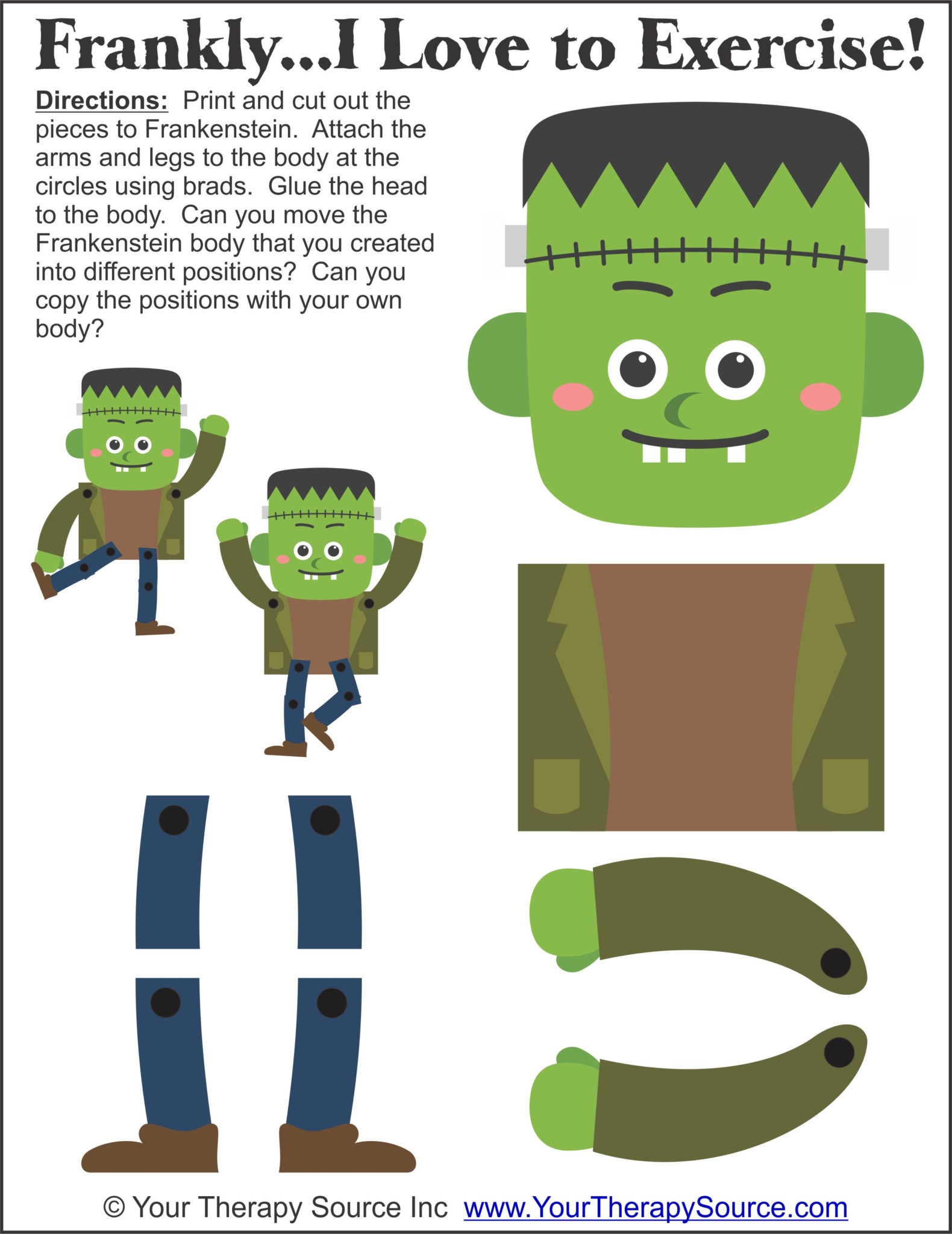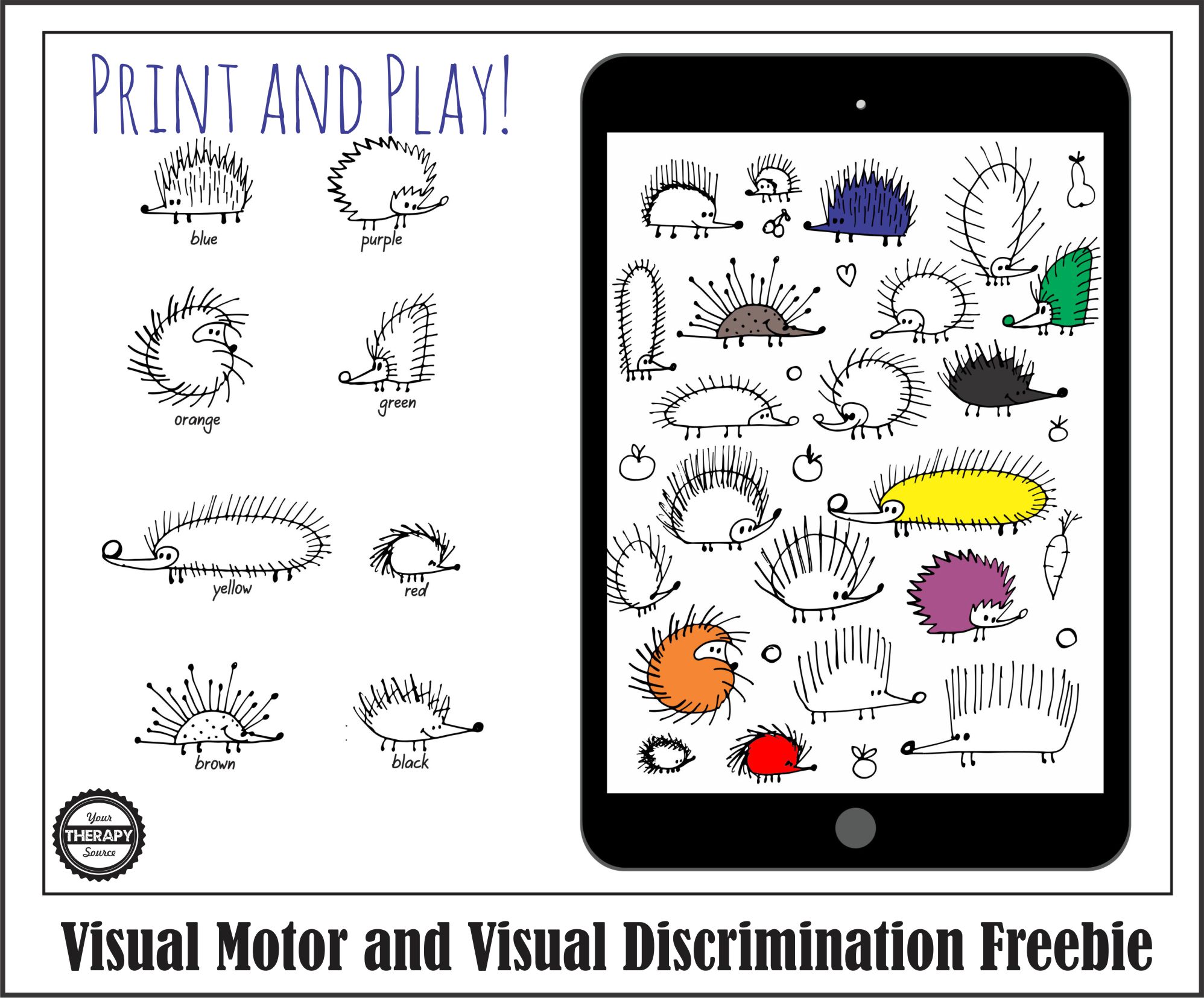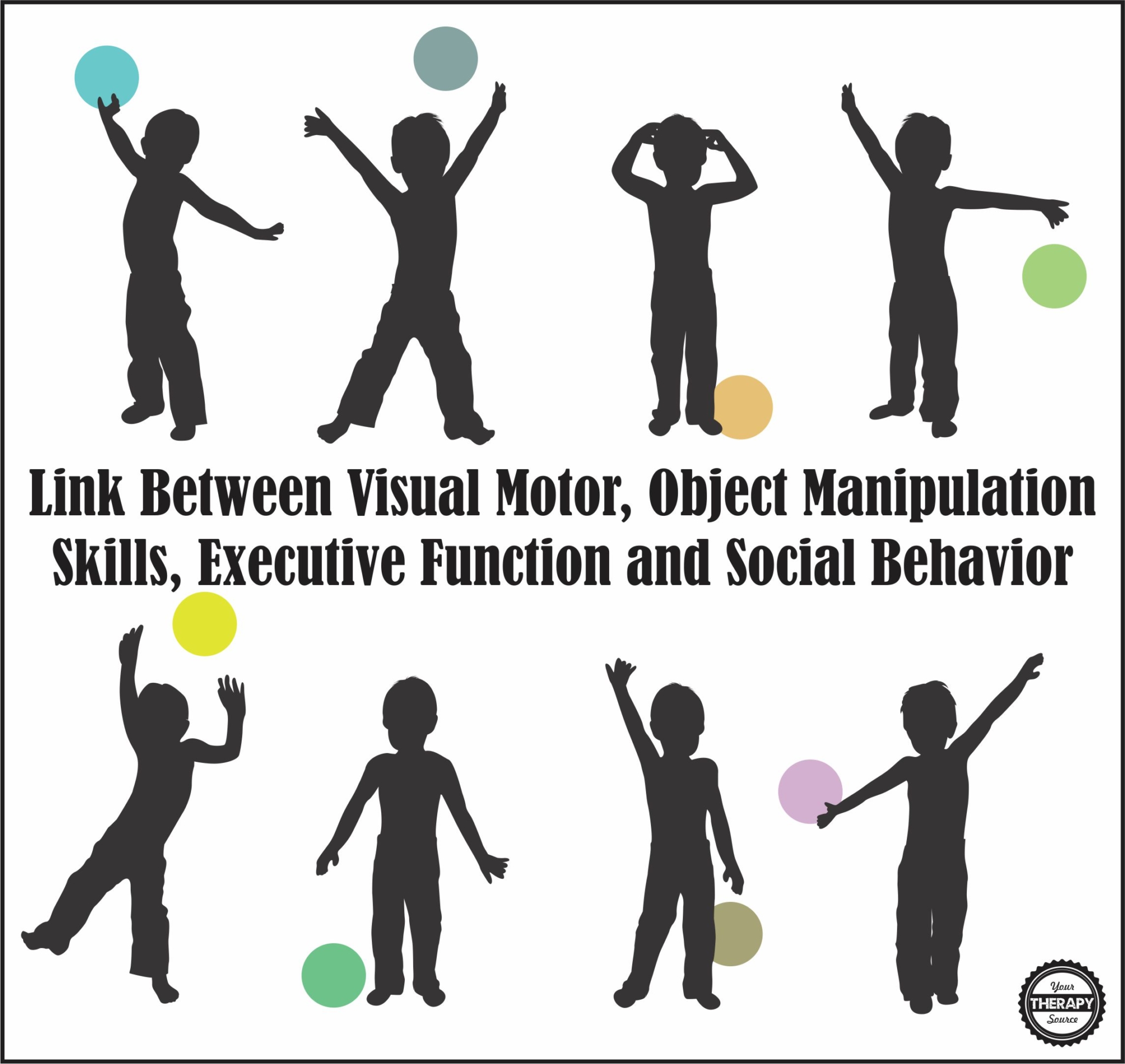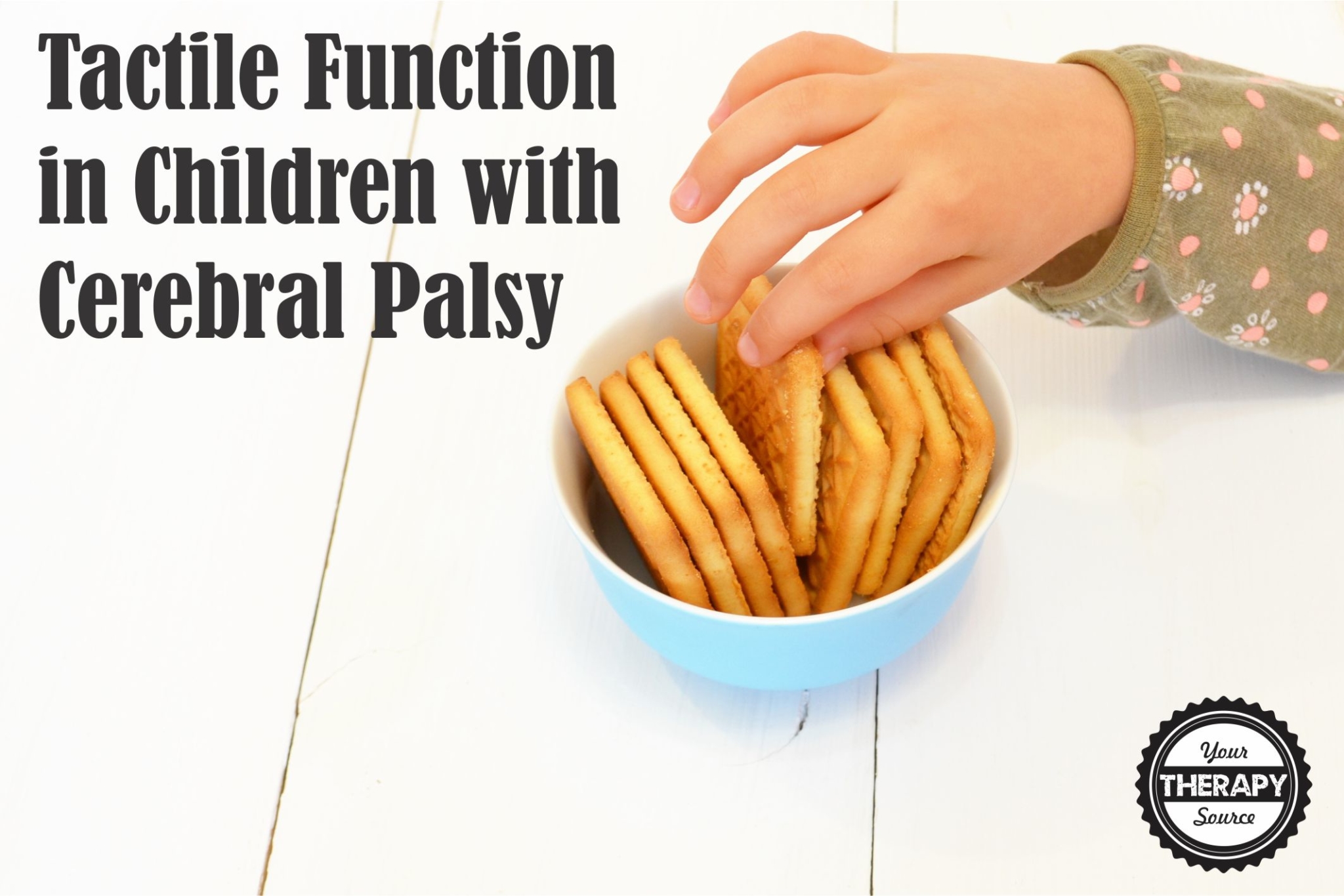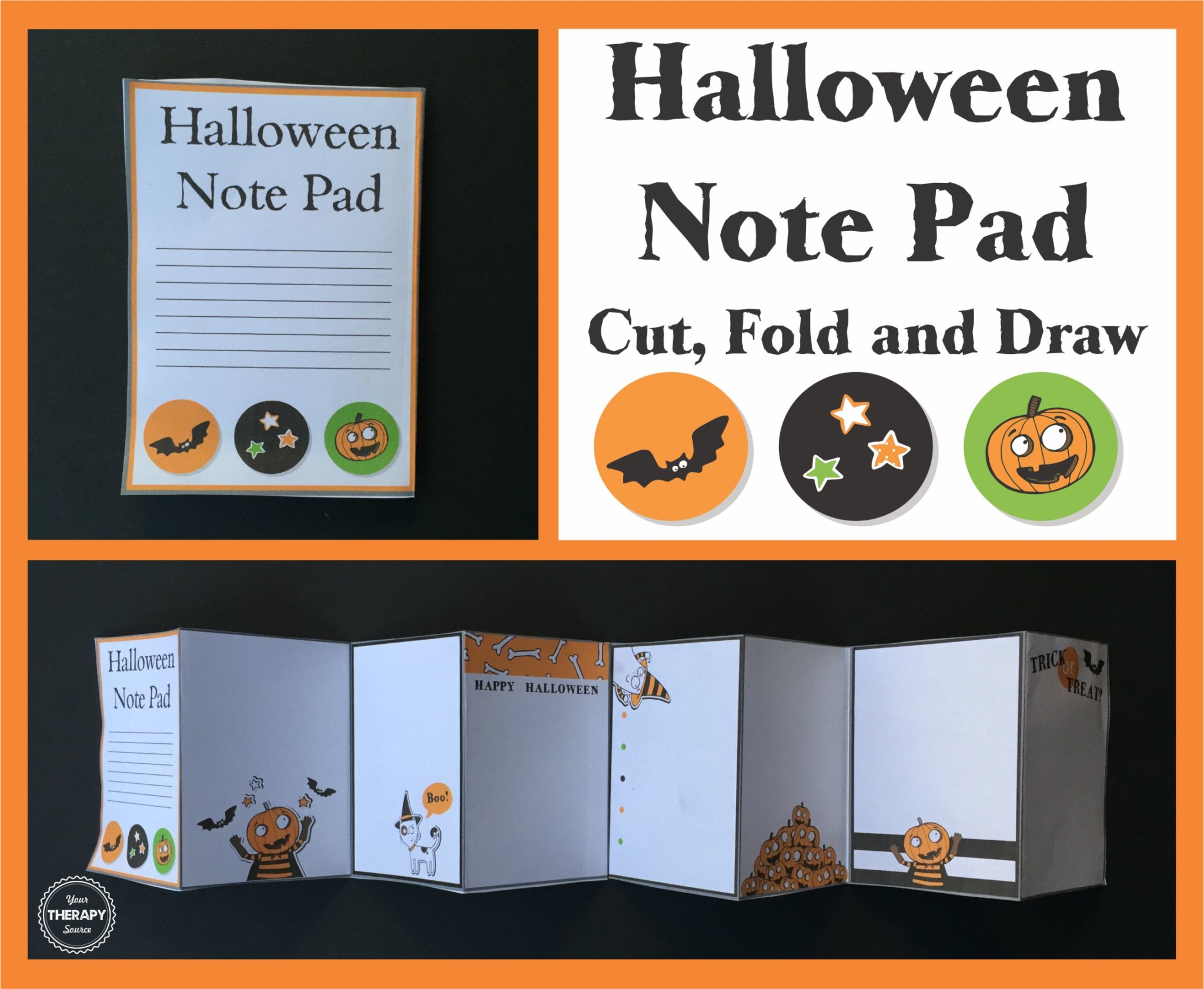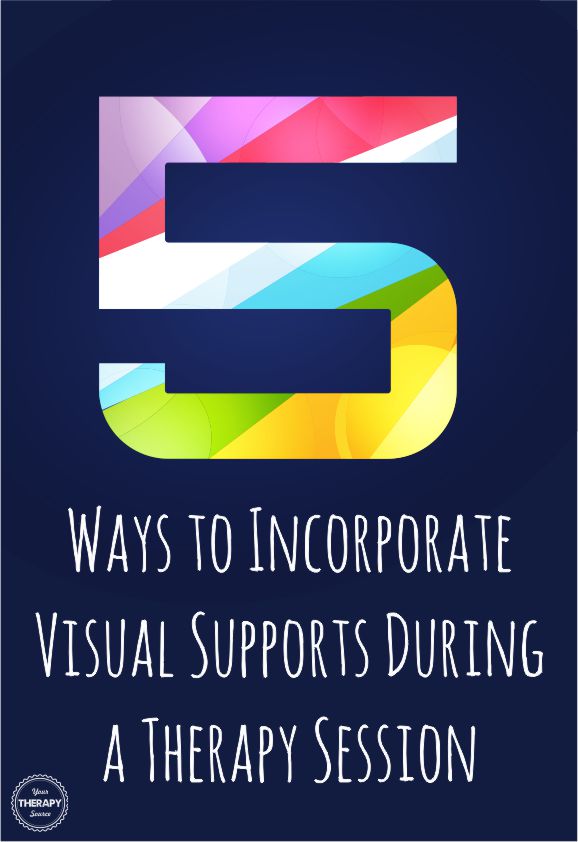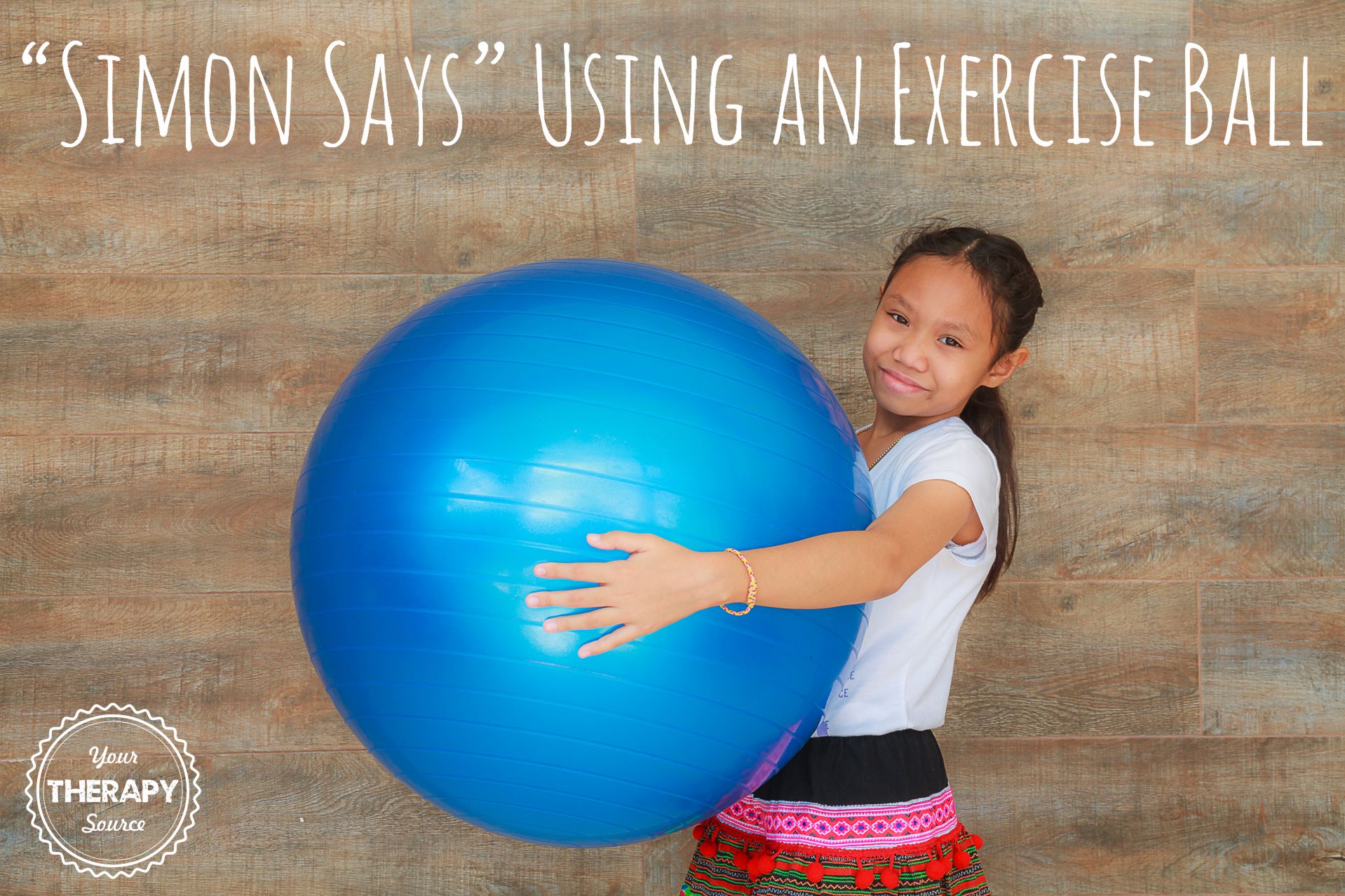Follow Up Questions about Modifications and Adaptive Equipment in the Classroom
Once a piece of adaptive equipment or modification is put in place to use with a student, therapists need to follow up frequently. Whether the adaptive equipment is a pencil grip, standing frame or weighted vest, on going assessment is needed. Have you seen modifications recommended ie sensory break and it never gets carried out? […]

